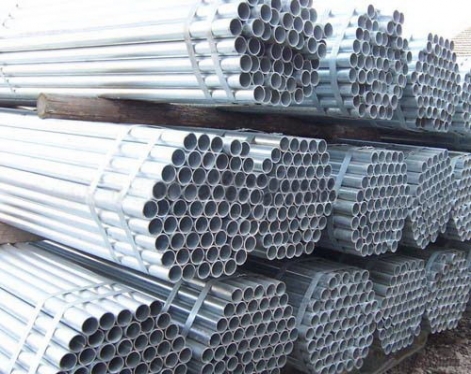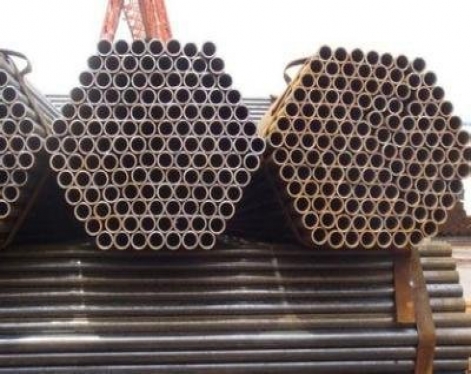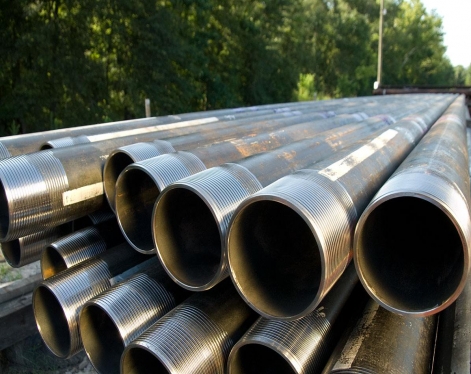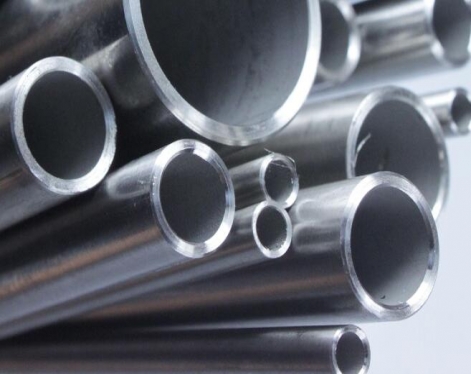
The heat treatment of seamless pipe or welded pipe refers to a metal thermal processing process in which the chemical composition and organization of the surface or interior of the material are changed by means of heating, heat preservation and cooling in the solid state to obtain the required properties.
Read more
The quality of steel pipes is assessed by inspecting the technological properties of seamless or welded steel pipes. Master the test method of steel pipe bending (cold bending) performance and the uation method of steel pipe quality, and use instruments and equipment correctly.
Read more
In order to improve the service life of seamless pipes or welded pipes, steel pipe manufacturers often choose to galvanize steel pipes. There are two types of galvanized pipes: hot-dip galvanizing and electric galvanizing. Hot-dip galvanizing has a thick galvanized layer, which has the advantages of uniform coating, strong adhesion, and long service life. The cost of electro-galvanizing is low, the surface is not very smooth, and its corrosion resistance is much worse than that of hot-dip galvanized pipes.
Read more
Oxygen blowing pipes are used for steelmaking oxygen blowing pipes. Generally, small-diameter welded steel pipes are used, and the specifications range from 3/8 inch to 2 inch.
Read more
Geological pipe is a steel pipe used for core drilling by geological departments. It is a type of seamless pipe. It is a steel pipe with a hollow section and no seams around it. According to the application, it can be divided into drill pipe, drill collar, core pipe, casing and sedimentation pipe, etc.
Read more
Cold-drawn pipe is a kind of steel pipe, that is, it is classified according to different production processes, which is different from hot-rolled (expanded) pipes. It is processed by multi-pass cold drawing in the process of expanding the diameter of the blank or raw tube, usually on a single-chain or double-chain cold drawing machine.
Read more